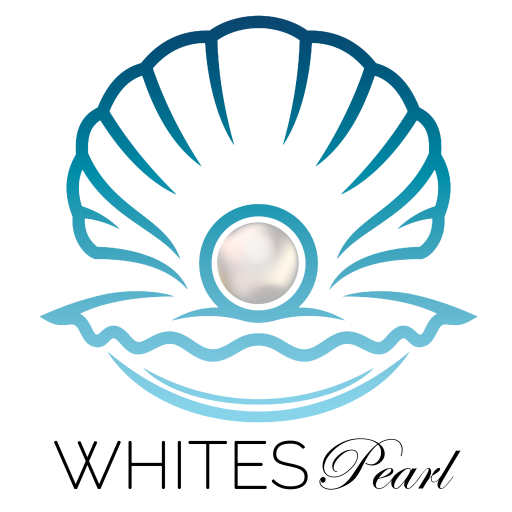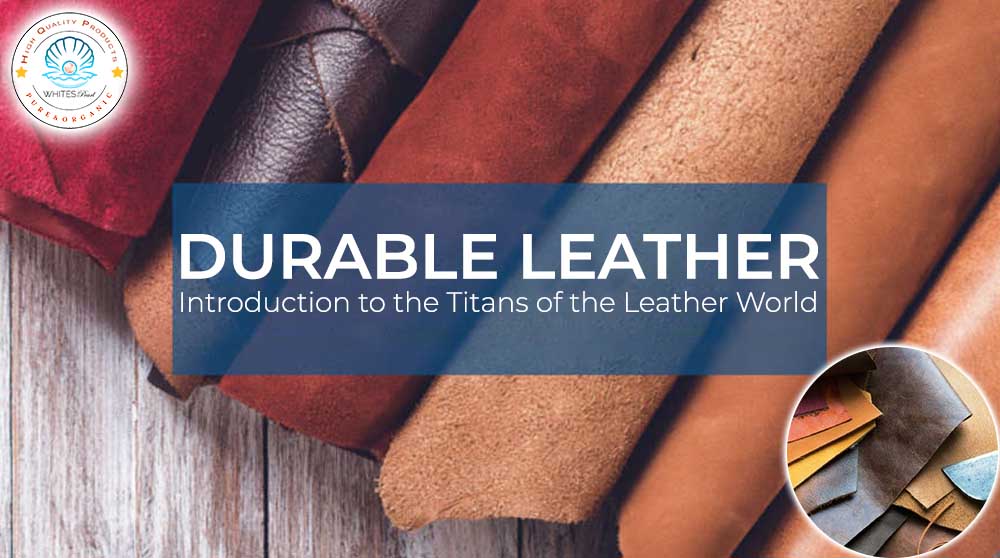
Around the world, leather is viewed as a symbol of durability and craftsmanship. It is celebrated for its elegance and praised for its resilience to stand against the test of time. When you are in the market, seeking either a luxurious leather bag, a chic leather jacket, or a pair of stunning leather boots, the type of leather you opt for has a significant impact on the quality, durability, and longevity of your items. So, choose wisely.
In this article, we will make durability our topic of interest and talk about the types of durable leather and the factors that influence their durability. By the end of this article, you will possess enough knowledge to distinguish between different types of leather and make informed decisions when purchasing leather products.
Durable Leather – A Quick Glance
Durable Leather – An Introduction
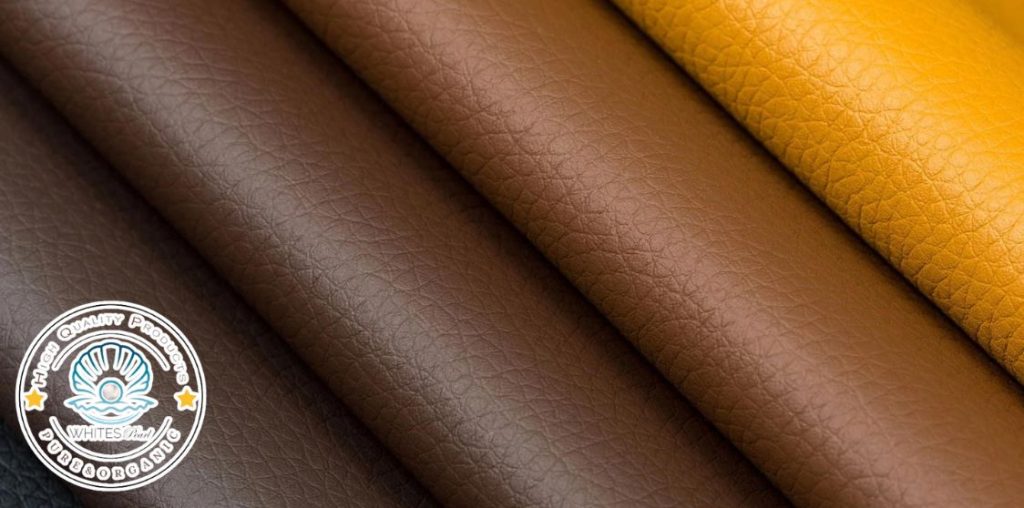
Durable leather is the kind of leather that can endure wear, and tear. It is also resistant to the trails of time all the while maintaining its elegance, appearance, as well as structural integrity. This kind of leather is the epitome of strength and resilience. Opting for durable leather holds a significance that cannot be overstated. By purchasing tough, durable leather, you are making an investment. This investment will offer prolonged service and save you money in the long run. Moreover, durable leather is also ideal for eco-conscious people. This is because it can last for long periods of time and doesn’t require frequent replacements, thus reducing the environmental footprint.
Durable Leather Types
Durable leather offers a wide spectrum of options, with each one of them harboring distinct characteristics and catering to distinct preferences. Given below are three kinds of durable leather along with their characteristics, and common uses:
1. Full Grain Leather
Full-grain leather is considered to be the finest quality of leather. It comes from the uppermost layer of the hide. Therefore, full-grin leather carries some imperfections and marks that marred the skin of the animal it was derived from. The main feature that sets it apart from all others is its natural grain pattern that offers unparalleled durability. Full-grain leather comes with a promise of durability, resilience, as well as elegance, that increases tenfold as it ages.
Characteristics – Full grain leather proudly showcases an unaltered, natural appearance that is accentuated by imperfections like wrinkles and scars. The sturdiness and thickness of this leather allow it to last for decades if taken care of properly. Moreover, full-grain leather, when ages, showcases its resilience to time by developing a beautiful patina that adds to its allure and beauty.
Common Uses – Most commonly full grain leather is used to produce high-end goods such as wallets, belts, premium footwear, and luxury handbags. Due to its durability, longevity, and distinct pattern, products made of full-grain leather bear a hefty price tag.
2. Top-Grain Leather
Top-grain leather is second to full-grain leather and is also considered a quality option. it also comes from the top layer, however, does not harbor any imperfections and texture like full-grain leather as it goes through a bit of processing. it does, however, possess praiseworthy durability, albeit it is not as strong as full-grain leather.
Characteristics – As it goes through a processing phase, top-grain leather boasts a smooth surface, void of imperfections that dot the surface of full-grain leather. It is slightly thinner as compared to full-grain leather, however, is resistant to wear and tear, meaning that it can last for a long time.
Common Uses – Most commonly top grain leather is used in the manufacturing of jackets, furniture upholstery, and various accessories that demand the durability and longevity of top grain leather.
3. Exotic Leather
Exotic leather is derived from animals like crocodiles, alligators, and ostriches. As these animals have evolved to withstand harsh environmental conditions, their hides are naturally equipped to resist external forces. Due to the unique properties inherent in these creatures, exotic leather takes durability to a whole other level. This leather is resistant to stretching, tearing, and water damage, which makes it ideal for long-term usage. The inherent structure of the skin of the animal and the processes of tanning and finishing that it is subjected to incorporate extraordinary durability in it.
Characteristics – The distinctive textures of this type of leather sets it apart from others. Moreover, exotic leather bears a resistance to wear and tear that is exceptional, to say the least. When you couple the resistance of this leather, with its luxury appearance the end product is one that exudes elegance, opulence, beauty, and longevity.
Common Uses – Due to its durability, resilience, and of course high manufacturing price, exotic leather is used to craft high-end accessories like luxury belts, wallets, handbags, and footwear. Its uniqueness and durability make it an ideal choice for the coveters of rarity, opulence, and sturdiness.
Durable Leather Alternatives
Durable leathers are not in everyone’s budget and also do not align with the ethical values of every individual. Hence their synthetic alternatives are the perfect stand-in for durable leather as they are considered ethical and environmentally friendly. Given below are the two most common synthetic alternatives to durable leather:
1. Polyurethane of PU Leather
Polyurethane leather is synthetic, man-made leather that is designed in a way to reflect the appearance and feel of real leather. This leather is lauded for its affordability, versatility as well as durability, although it is not as durable as real leather. Due to it being ethical and environmentally friendly, it has gained traction in many industries.
Characteristics – PU leather is a cost-efficient alternative to real leather that can effortlessly mimic the appearance of real leather. Although not as resilient as real leather, it is resistant to abrasion which makes it an ideal fit for daily use. Moreover, it is also less prone to fading when exposed to the sun.
Common Uses – Commonly polyurethane leather is used to manufacture fashion accessories, automotive interiors, upholstery, and a range of other synthetic leather goods.
2. Vegan Leather
Vegan leather is lauded as a cruelty-free alternative that consists of materials like microfiber, polyurethane, and cork. It is coveted for its eco-friendliness and durability which makes this leather an ideal real leather alternative for conscious consumers.
Characteristics – Vegan leather is durable and resistant to wear and tear. It is an ethical and sustainable choice. Moreover, it allows room for creative design possibilities as it is available in a variety of textures.
Common Uses – Vegan leather is commonly used in the fashion industry to craft footwear, handbags, apparel, and accessories. Its ethical production and durability make a worthy material for high-end products that is coveted for its style and sustainability.
Which Leather Type is the Most Durable
All types of leathers mentioned above possess smearable durability, which one is more durable depends on your needs and requirements. Exotic leather and full-grain leather are lauded for their top-notch durability. Among all leathers, they possess exceptional resistance to wear and tear and excel in maintaining their appearance over time. however, they are not in everyone’s budget and don’t align with the ethical values of most people. When it comes to synthetic alternatives like PU leather and vegan leather, they not only offer impressive durability but are also cost-efficient. Furthermore, they are also considered ethical as they aren’t derived from animals. All in all, which durable leather is ideal for you depends on your needs, budget, values, and requirements.
What Factors Influence Durability in Durable Leather?
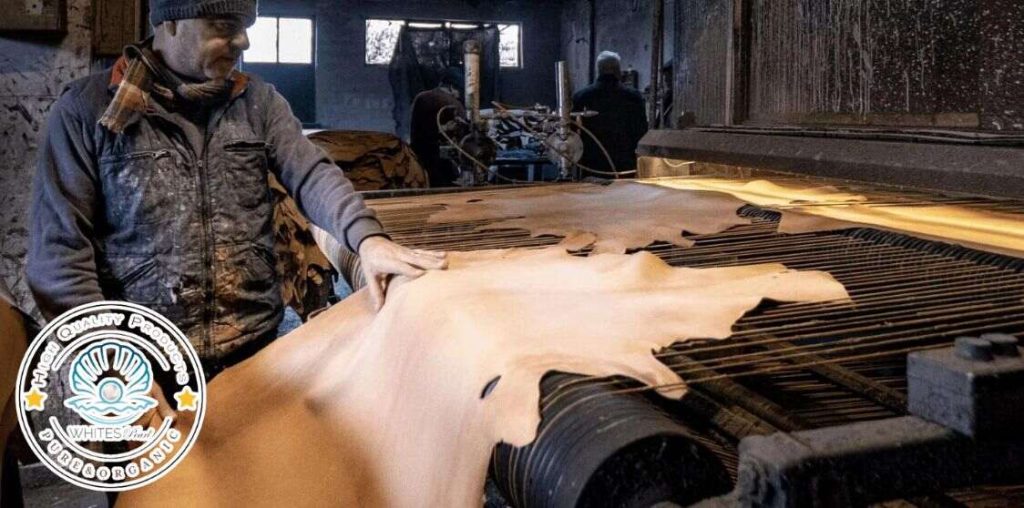
Innate characteristics are not the sole contributor to a leather’s durability. External factors as well as the choices that are made during the manufacturing processes also have an impact on the resilience of leather. Given below are some of the key elements that have an impact on the durability of leather:
1. Thickness and Weight of Leather
Leather thickness, which is measured in either millimeters or ounces has a profound impact on the durability of leather. The thicker the leather, the greater will be its resilience and longevity.
Ounces and Millimeters – The thickness of leather is measured in two scales, ounces, or millimeters. Leather that is heavy in weight possesses more thickness and harbors extraordinary durability. Therefore, leather that is thick can easily withstand environmental stressors, punctures, and abrasion.
Layers – Leather can also consist of multiple layers with each of them bearing their own thickness. Sometimes, in order to enhance durability, bonded leather is reinforced with additional layers. The quality of bonding plays in vital role in determining how these layers will hold up with time.
2. Tanning Process
In the production of leather, tanning is a pivotal step and also significantly impacts the durability of leather. There are different kinds of tanning like chrome and vegetable tanning, and each of them provides distinct characteristics to leather and shapes its endurance.
Vegetable Tanning – Vegetable tanning is a natural and traditional method of tanning leather. During this process, plant-based extracts like tannins found in chestnuts or oaks are used. The leather that is vegetable-tanned tends to be a bit stiffer initially however with time and usage it becomes softer. Vegetable-tanned leather harbors remarkable durability, as well as great resistance to water. This kind of leather also has the ability to develop a beautiful patina over time.
Chrome Tanning – this is a more modern approach in which chrome slats are used to tan the leather. Leather that is chrome-tanned is softer and supple, harboring extraordinary resilience to wear and water. Even though chrome-tanned leathers do not develop rich patinas like vegetable-tanned leathers, they do possess extraordinary durability.
Combination Tanning – Combination tanning blends both vegetable and chrome tanning processes resulting in a leather that possesses great durability and pliability.
3. Animal Source
The kind of animal from which the leather is derived also plays a crucial role in determining the durability of leather. Certain animals possess hide that is naturally tougher than others and possess an extraordinary ability to withstand the elements of the environment.
Cowhide – Cowhide is the most common hide that is used in the manufacturing of leather it is lauded for its sturdiness and well s resilience. Countless leather products are made of cowhide, especially heavy-duty products like footwear, wallets, and belts, as they possess exceptional durability.
Goat Hide – This hide is used due to its strength as well as flexibility. Due to its durable nature and comfort, goat hide is used in the manufacturing of accessories, gloves, and jackets.
Exotic Animal Hide – This hide is derived from animals like ostriches, alligators, and crocodiles that are applauded for possessing tough skin. The skin of these elements is designed to allow them to thrive in harsh and challenging environments. As a result, the hides that are derived from these animals harbor remarkable durability and longevity.
Buffalo Hide – The hide of buffalo boasts a robust and thick nature and is therefore preferred for products that demand longevity and strength like saddles and belts.
4. Proper Maintenance
In order to preserve the elegance and durability of leather products, and enhance their longevity, proper care and maintenance is a must. As leather demands care, neglect can lead to premature wear, tear, and deterioration. Given below are some essential maintenance factors that leather owners must consider:
Cleaning and Conditioning – Make it a habit to clean and condition your leather on a regular basis. Opt for appropriate and reputable leather cleaners and conditioners to remove dirt, dust, and excess moisture from your leather. Conditioning is a vital step in the maintenance of leather as it keeps leather supple, and also makes it resistant to drying, sun, and water damage.
Storage Tips – Make sure to store your leather products in a cool and dry place, away from direct sunlight and heat. To protect them from dust and moisture, consider purring them in bags or covers.
Protection from Environmental Factors – To make your leather last long, you must shield it from excessive humidity, snow, and rain. If exposed to these conditions they can not only weaken the material but can also promote the growth of mold.
Repairing and Restoring Leather – In case your leather has some minor damages, it is vital to address them promptly. Opt for a leather repair kit or professional services to store your leather. Keep in mind that timely repairs can extend the lifespan of your leather.
Caring Tips for Durable Leather
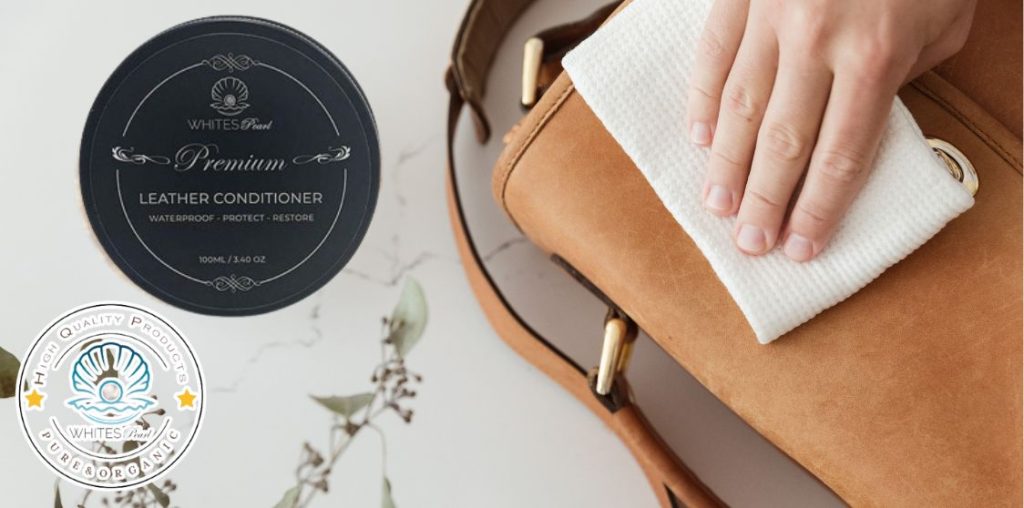
Regular cleaning and Conditioning
To maintain the elegance and durability of durable leather, regular cleaning, and conditioning are a must. Opt for a reputable leather cleaner, and apply some of it on a clean, lint-free cloth. Wipe the surface of the leather with the cloth to remove dust, grime, and stains from it. Let the leather dry for a while. Afterward, take a leather conditioner like Whites Pearl Leather Condition, apply a minute quantity of it on a soft cloth, and massage the conditioner on the leather in gentle, circular motions. Keep in mind to condition your leather every 6 to 12 months. Conditioning helps keep the leather supple and also increases its resistance to water and sun damage.
Store Properly
To keep your durable leather in its brand-new form, proper storage is a must. Consider storing your leather items in dust bags, and place them in a cool dry place, away from sunlight. Never store leather in humid places as it can promote the growth of mold, while storing it in sunny areas can lead to fading, drying, and cracking.
Protect from Environmental Factors
It is of vital importance to shield your durable leather products from harsh environmental conditions like cold temperatures, extreme heat, and humidity. Proper care and protection are a must for your leather to retain its elegance and last for a long time.
Restoring and Restoring
If you see minor scratches or scuffs on your leather, you must address them promptly before they become a major problem. You can either invest in a leather repair kit or you can opt for professional repair services either way prompt action is necessary to maintain the longevity, beauty, and durability of leather.
Also Read
Fake Leather, the Great Mimicker – How does it Compare to Real Leather
Ultimate Guide to 5 Types of Leather
Leather Patina: Aging Leather Beautifully

